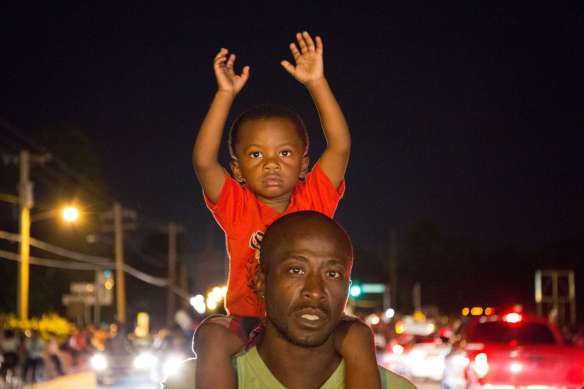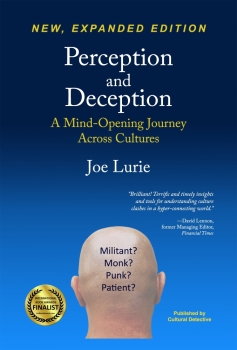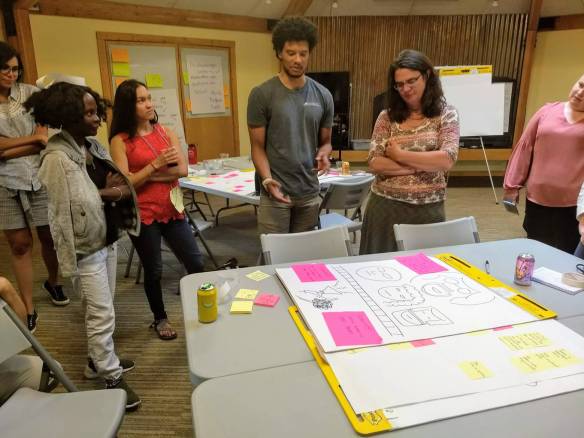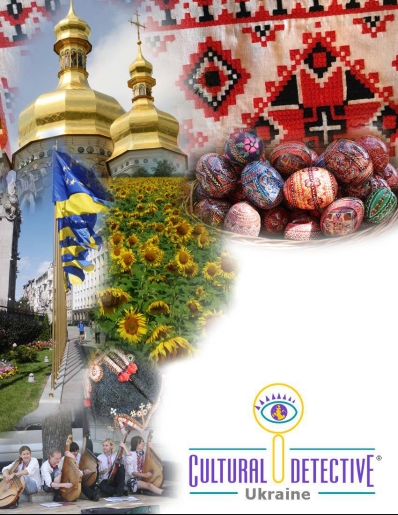
I am of the “old school” of intercultural communication—you know, the one that evolved from the work of folks in anthropology, communication, sociology, psychology, and other social scientists after World War II. My educational and personal background “trained” me to try and figure out the underlying conflict in cultural values that leads to communication breaking down.
In more recent years, the field of intercultural communication has moved toward a social justice focus. I don’t see that as being antithetical to the original value/behavior focus of intercultural communication. Rather, it can give context to values and behaviors.
At their core, both are talking about sets of values that support different points of view. One’s values underlie one’s perception or how one views a situation. However, that doesn’t mean that perceptions cannot change. And they do change with experience—we all know that. None of us perceive the world in exactly the same way we did a year ago. Or even five months ago. Our experience has altered the way we look at situations, the way we perceive things.
Language is important; language and perception are inter-related. Are people assembling called “demonstrators” or “peaceful protestors” or “rioters”? Are police “holding their ground” or “enforcing the law” or “perpetrating violence on peaceful protesters”? Is COVID-19 a “bad flu” or a “highly contagious virus”? Is wearing a mask “being respectful of others” or “impinging on constitutional rights”? How you label something is a reflection of what you see, your perception of a situation.
As interculturalists, it would seem that our job in these times is to recognize that we are dealing with cultural differences in experience, perception, and appropriate behavior. And while we each have our own views and reactions to the current situation, it is important that we try to remove judgment, step back and be descriptive as we try to understand what different people see and what different people see needs to change.
You will recognize that this is the basis of the Cultural Detective Method. But how hard it is to suspend judgment in the midst of a global pandemic, societal turmoil, and overwhelming emotions. All the more reason we need to help others learn the skills the Cultural Detective Method teaches.
Cultural Detective Online offers a practical approach to cultural competency using real-life examples of misunderstandings and exploring possible solutions. These skills can be applied immediately to a variety of situations calling for a social justice approach. Listening for the values that are important to different sides of the conversation, looking at desired outcomes in terms of behaviors and actions, trying not to place blame but to build bridges across huge divides to reach a more fair and equitable world—while no easy task, this is what interculturalists can bring to the conversation.
Cultural Detective has been used with a variety of groups from corporate to government, community-based organizations, educational facilities, consultants, and individuals. Want to learn how to use Cultural Detective with your group, support your organization’s development of cultural sensitivity, or help your community organization move forward in a way that reduces conflict and supports conversation? Give us a call and explore how we can help you and your organization gain the skills so important to successfully navigating this changing world.






 The summer has gotten off to a running start, that is for sure! If you’ve been wanting to get
The summer has gotten off to a running start, that is for sure! If you’ve been wanting to get 



